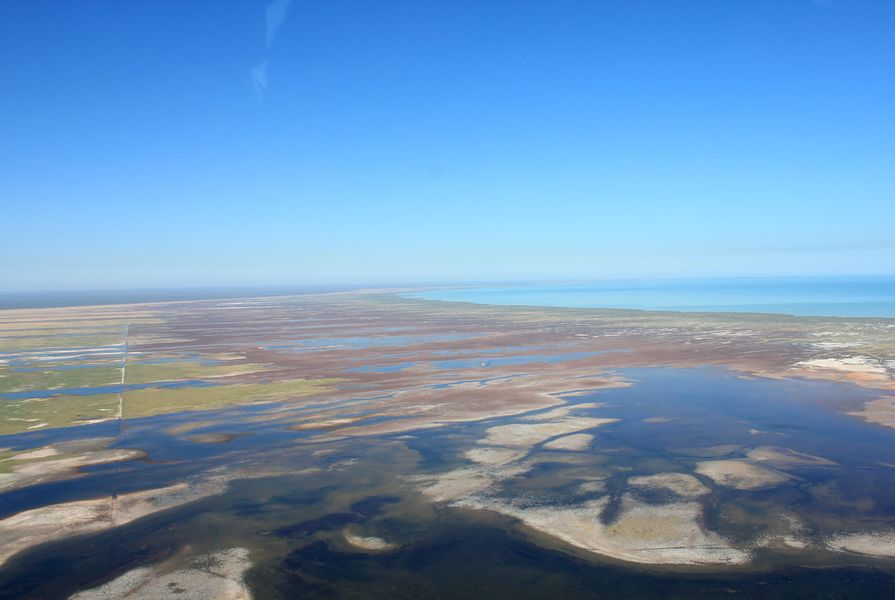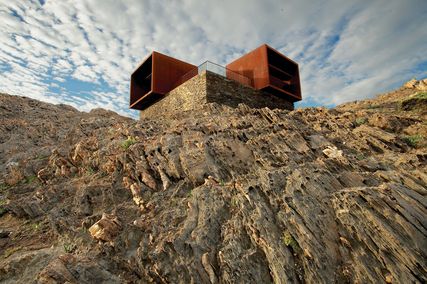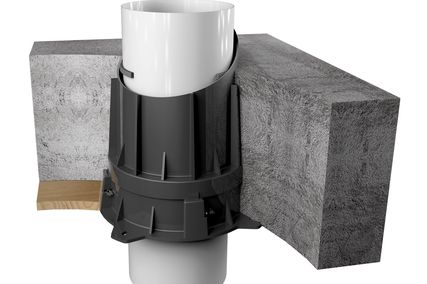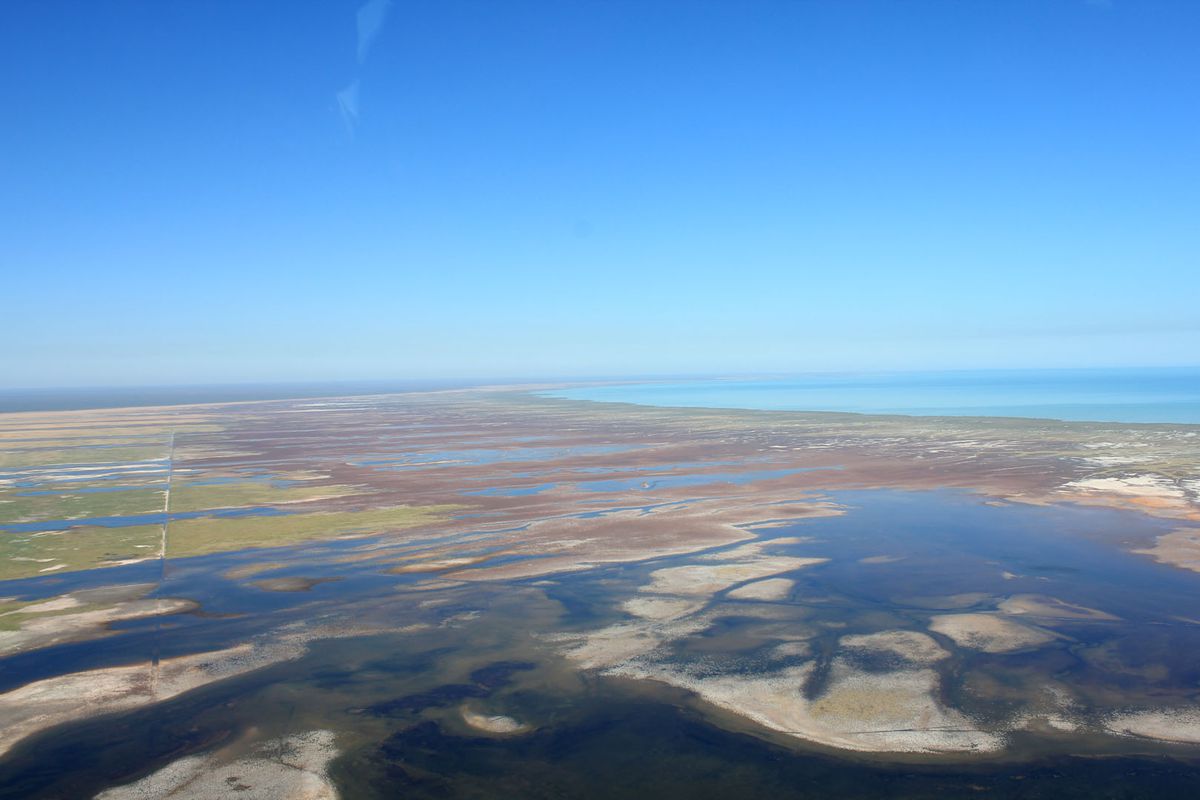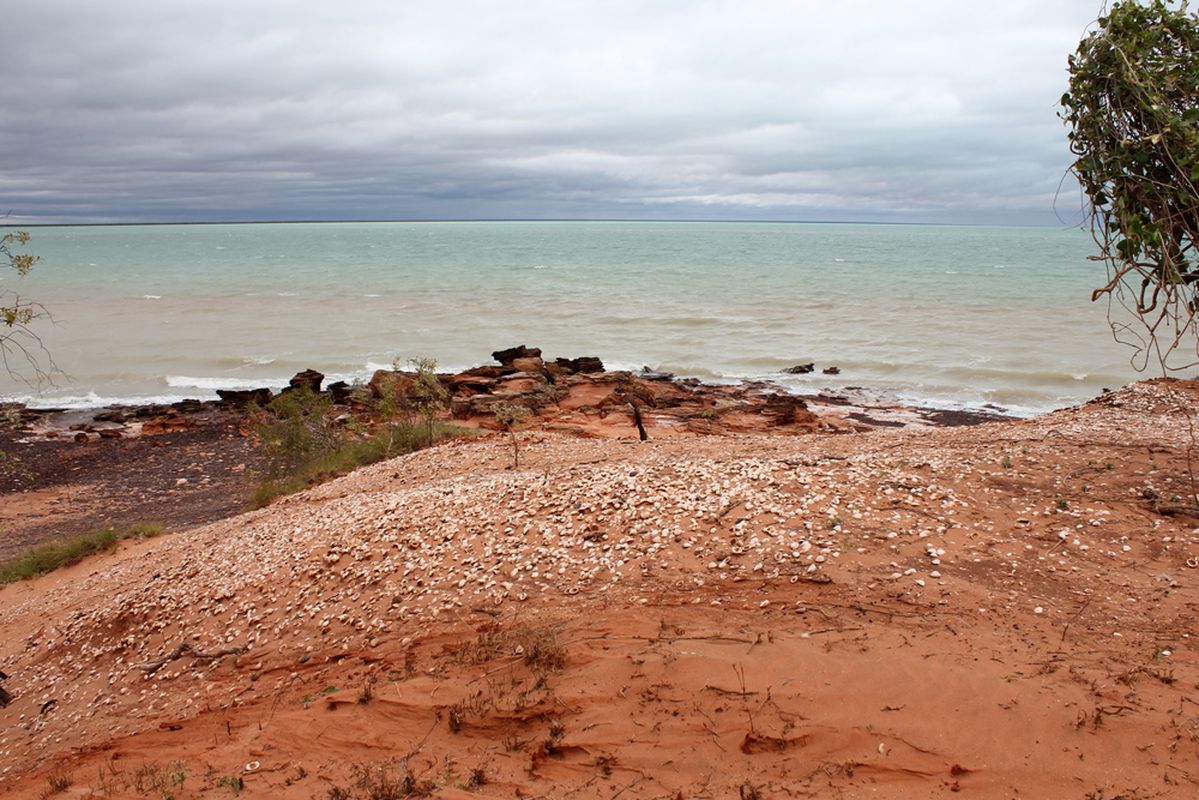“Liyan relates to Yawuru and other Aboriginal peoples’ view of their wellbeing. [It is about the] way they feel about themselves and their relationships with their community and the wider world.
The Western economic model looks at financial security and consumerism as a fundamental measure of wellbeing …
Liyan is much broader than that. It is about relationships, family, community and what gives meaning to people’s lives. Yawuru people’s connection to country and [the] joy of celebrations [of] our culture and society is fundamental to having good liyan.
When we feel disrespected or abused our liyan is bad, which can be insidious and corrosive for both the individual and community. When our liyan is good our wellbeing and everything else is in a good place.”
– Patrick Dodson, chairman, Yawuru Native Title Holders Aboriginal Corporation RNTBC
The Federal Court’s 2006 determination that the Yawuru people of the Broome region in Western Australia have a continuing connection to traditional law, custom and country in Australian law was a significant milestone, as it recognized past dispossession and injustices against the Yawuru. It was also significant for the whole Broome community.
The determination means that Yawuru have legal responsibility to “look after” our sea and land country for current and future generations. This responsibility is inherent in native title recognition as it provides the connection to customary rules and laws that have been passed down through generations from the Bugarrigarra (creator beings) responsible for our presence in the landscape and in life. Also inherent in the way Australian law recognizes native title is the need to ensure the ongoing practice of customary tradition and connection to country for future generations, so that Yawuru native title is not diminished or extinguished through the disappearance of Yawuru traditional life.
Importantly, the health, wellbeing and survival of the Yawuru community is dependent on our capacity to harness new-found opportunities through native title to reassert our practices on our traditional estates, and to redesign our society to adapt to contemporary economic and political forces so that the Yawuru nation flourishes and is sustained for generations to come.
The challenge facing the Yawuru and mainstream society is that of constructing a relationship between Yawuru and the Australian government so that Yawuru philosophy, values and thoughts can inspire a new vibrancy and meaning in the Western planning and land management framework that applies to Yawuru country. This accommodation of Yawuru rights and interests will enable future infrastructure and other built environments to coexist in the Yawuru landscape, redressing a history of colonial oppression so that “good liyan” can emerge.
Broome’s wet season arriving.
Image: Sarah Yu
The practice of cultural land use and occupancy mapping1 is common in regional development and urban planning in Canada, which has an indigenous/settler relationship history comparable to that of Australia. As Aboriginal groups, governments and industry explore ways to build workable relationships in post-native-title Australia, cultural mapping methodologies are emerging as a vital tool to assist negotiations and apply the United Nations principles of “free, prior and informed consent” regarding development proposals on indigenous lands.
This approach would see traditional owners interfacing with governments, land users and local authorities who aim to map their country using geospatial technology. A series of maps based on traditional indigenous knowledge, Western science and official data would be overlaid as a comprehensive database of cultural, social, historical and environmental evidence that could form an important element of a postcolonial relationship. These maps should be fundamental to future regional planning and development methodologies.
As a planning tool this offers a significant opportunity for authorities to create greater social cohesion and equity between traditional societies and other citizens in their local environments and communities, and delivers greater transparency and accountability leading to joint ownership of economic and social outcomes.
The Yawuru’s knowledge of country is substantial, as captured in the award-winning Yawuru Cultural Management Plan, perhaps a national benchmark in detailing the intimate knowledge of traditional culture and its connection to terrestrial and marine ecosystems, biodiversity, and natural resources. The interactive traditional knowledge systems and participation of Yawuru in the use and exploitation of natural resources on their traditional country as dictated by the Yawuru people’s “six seasons” climatic framework offers important learnings for the broader society in its striving for sustainability.
Wellbeing, and looking after country and the sustainability of Yawuru culture and values in Yawuru terms, are about providing the circumstances for “good liyan.”
The Yawuru native title determination in and around Broome offers significant opportunities for the Shire of Broome, relevant government agencies and industry to have a serious dialogue about a unique opportunity to better plan the future of Broome and its surrounding environments.
The James Price Point fiasco is a clear example of what not to do when planning for future growth for communities in a native title environment. It will take strong commitment and endeavour by the responsible parties to heal the “bad liyan” and the fracturing in the community, and to make the country feel good again.
Source
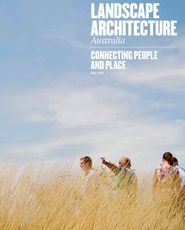
Report
Published online: 20 Mar 2014
Words:
Peter Yu
Images:
Dean Mathews,
Peter Docker,
Sarah Yu
Issue
Landscape Architecture Australia, August 2013

